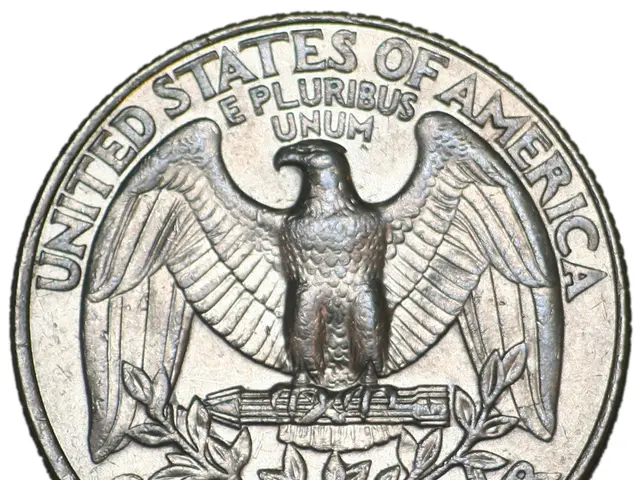United States secures trading agreement with European Union
==================================================================
The United States and the European Union (EU) have reached a landmark trade agreement over the weekend, a deal that has sparked both celebration and controversy. Here's a breakdown of the key points and the concerns that have arisen.
The agreement, which still awaits ratification by Congress and the European Parliament, maintains a 50% tariff on steel products under its terms. It also includes significant U.S. investments from the EU, but does not specifically address concerns about higher tariffs on pharmaceutical products in the future.
One of the agreement's focal points is the collaboration on electric vehicle infrastructure and renewable energy technologies. Both sides have committed to working together in these areas, a move that could have far-reaching implications for the fight against climate change.
However, the deal has not gone uncontested. Labor unions are concerned that the agreement may not adequately address labor protections or could undermine workers’ rights. The deal primarily highlights tariffs and investments rather than explicit labor safeguards, according to available sources.
Environmental groups, too, express concern that the agreement could promote increased fossil fuel trade and investments. The deal's mention of significant energy purchases ($750 billion in energy, according to the US Trade Representative) risks locking in fossil fuel infrastructure and delaying the transition to greener energy sources.
The structure of the agreement mirrors a recent deal with Japan, but it has sparked controversy due to concerns about labor and environmental issues. There are doubts in Europe, with French Prime Minister Francois Bayrou describing the agreement as a "dark day" for Europe, complaining that the EU has caved in to the U.S. in a way that will hurt EU members.
The agreement does not guarantee labor protections for U.S. manufacturing sectors potentially exposed to increased competition. Nor does it address concerns about increased competition and potential labor exploitation in certain U.S. manufacturing sectors.
Despite these concerns, the agreement does have some positive aspects. It establishes mutual recognition of digital privacy protections between the U.S. and EU, enabling smoother transfers of data and digital services. Under the agreement, the EU will not impose a tariff on U.S. exports. Initially, the U.S. will set tariffs on EU exports at 15% after imposing a 30% levy.
The agreement's impact on EU members is a source of concern, as expressed by French Prime Minister Francois Bayrou. The implications for EU members, particularly in terms of potential economic harm, are a matter of ongoing discussion.
As the agreement moves towards ratification, it remains to be seen how these concerns will be addressed and whether the benefits of the deal will outweigh the potential drawbacks.
References:
- Washington Post
- The Guardian
- UAW
- The New York Times
- The landmark trade agreement between the US and EU, although significant for business and finance, has sparked concerns in politics regarding labor protections and potential environmental impacts, especially among environmental groups and labor unions.
- In addition to the debate surrounding tariffs and investments, the general-news focus has been on the potential impacts of the trade agreement on EU members and concerns about the agreement's effect on digital privacy protections and the transition to greener energy sources.




